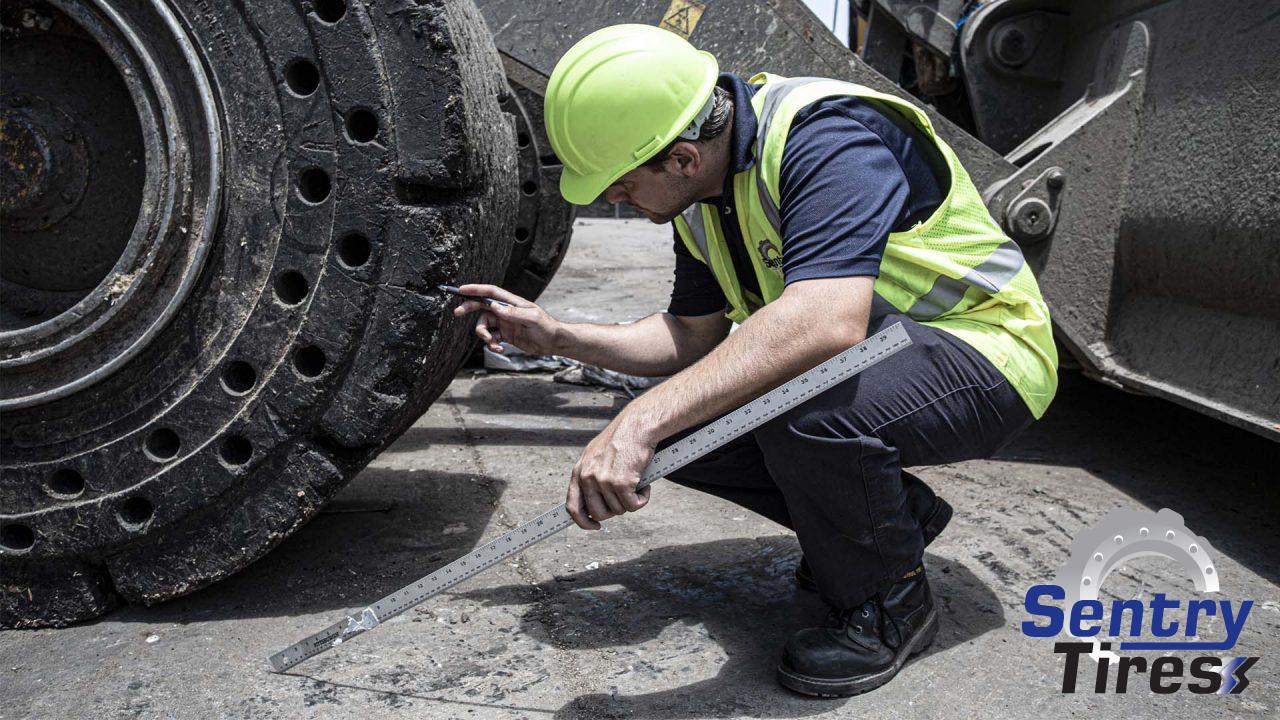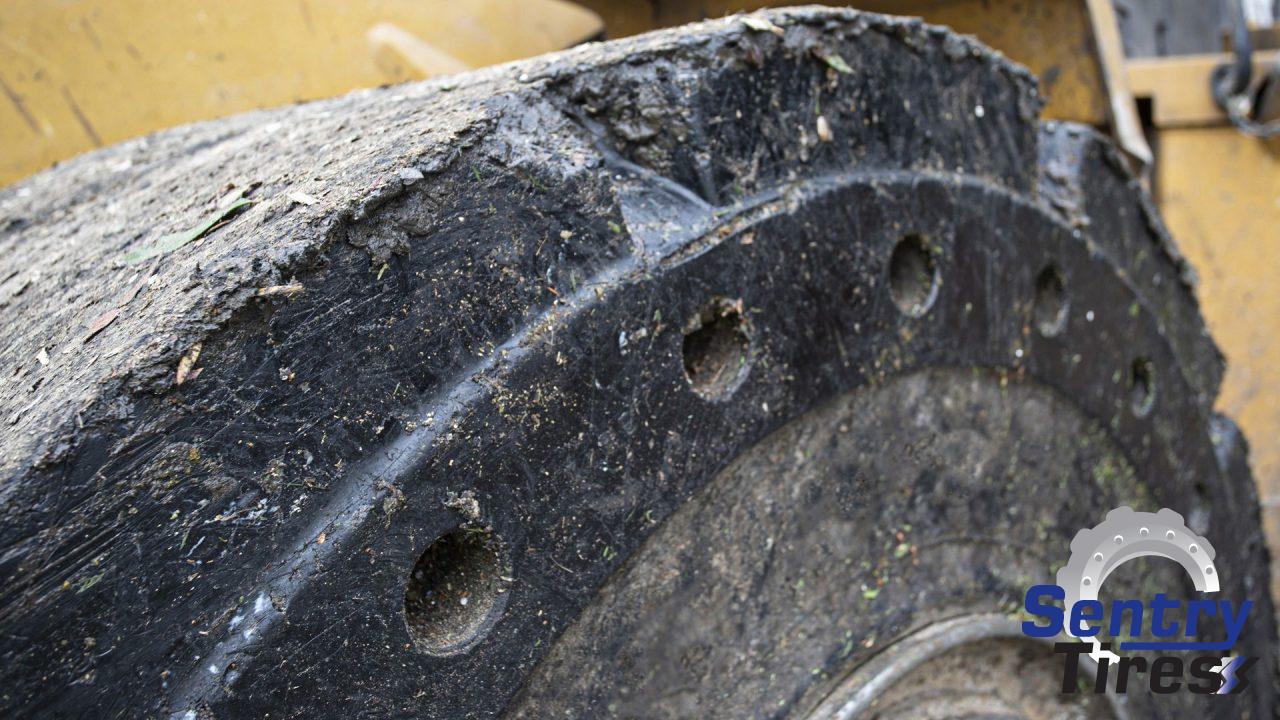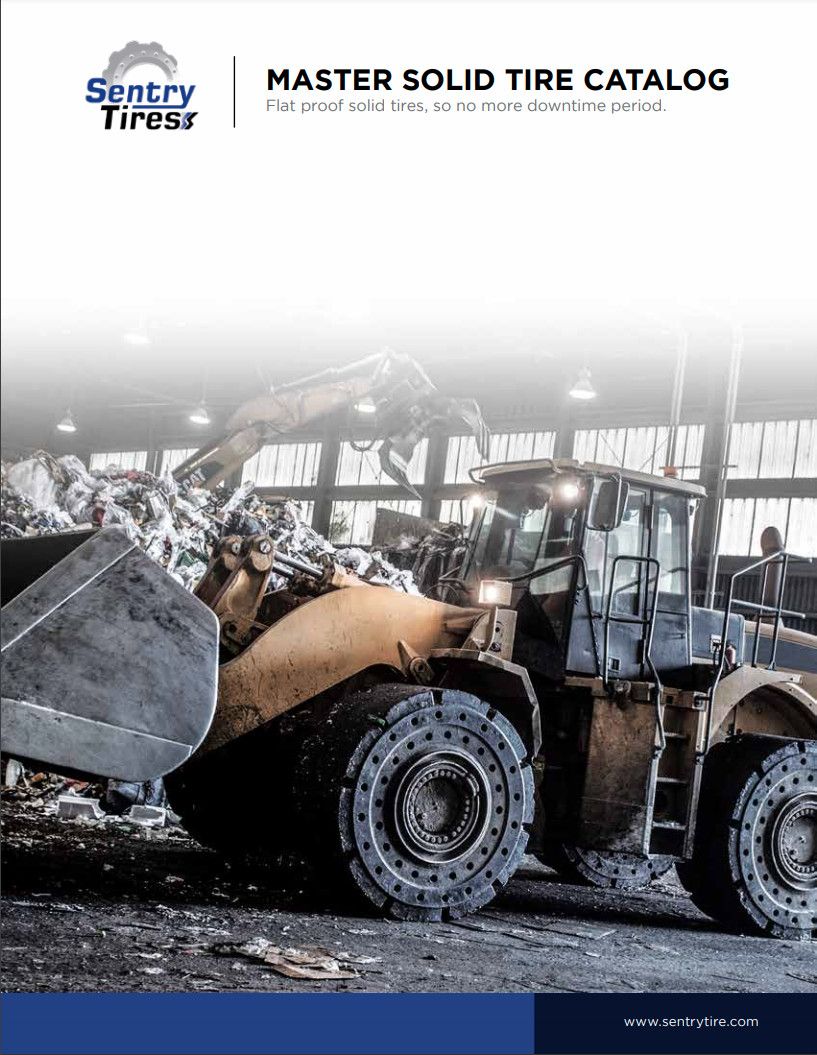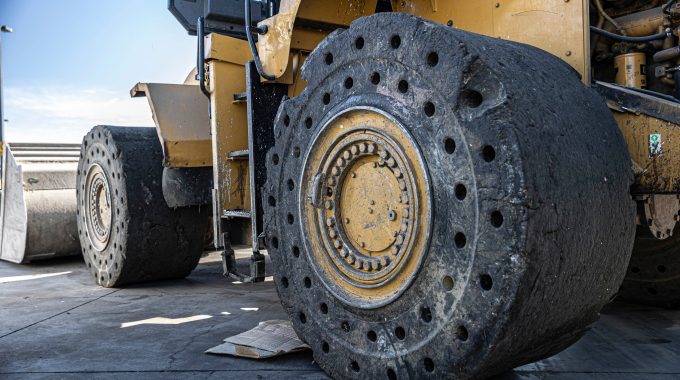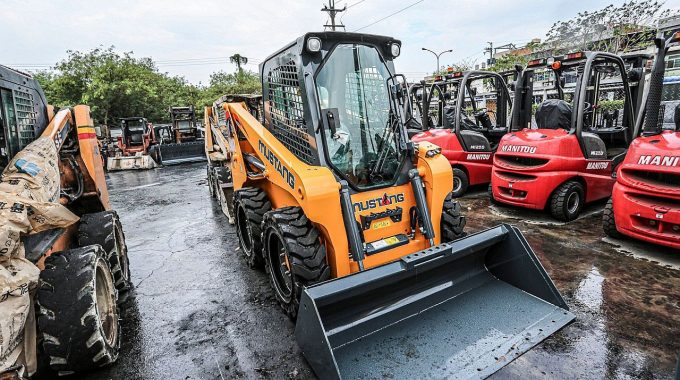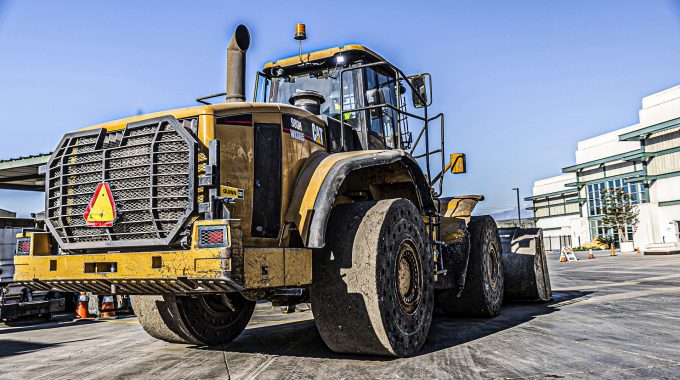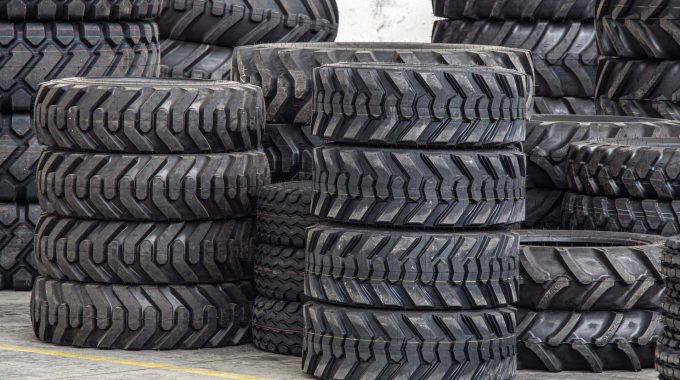
sentry tire
Understanding Load Ratings: A Deep Dive into OTR Tire Safety
Load ratings are one of the most misunderstood, and most critical, aspects of Off-the-Road (OTR) tire safety.
Fleet managers, site supervisors, and equipment dealers often focus on tread patterns or casing type. But ignoring load capacity can result in tire failure, downtime, or worse, operator injury and equipment damage.
In this article, we’ll break down what load ratings actually mean, how they’re calculated, and why they matter for real-world applications.
A tire’s load rating tells you the maximum weight it can safely carry at a given speed and inflation pressure. It’s usually stamped on the sidewall, represented by a number (e.g., 161) or as part of a load index chart. There’s no stamp for solid tires so please check with your manufacturer for load rating.
But in the OTR world — where dump trucks, loaders, and graders handle thousands of pounds per tire — load rating is often calculated in pounds or kilograms and paired with a speed rating.
For example:
- A tire may be rated to carry 15,000 lbs at 35 psi at 25 mph.
- Exceeding any of these (weight, pressure, or speed) compromises safety and reduces tire life.
- The total carrying weight increases as more tires are on the machine.
OTR applications vary widely: from quarry trucks that handle constant hauling to loaders in construction yards and graders on inclines. Each role places different stresses on the tire structure, so the load index must align with both the equipment weight and operating conditions.
Key factors that affect load rating:
- Tire size and section width
- Ply rating (PR) or star rating for radial tires
- Air pressure
- Ambient temperature and jobsite terrain
- Number of tires on the machine
It’s not just about supporting static load; dynamic forces like braking, cornering, and terrain irregularities also play a role.
Underspec’d tires can lead to:
- Sidewall fatigue
- Excessive heat buildup
- Premature tread separation
- Blowouts or bead dislodgement
- Damage to equipment resulting in costly repairs
To choose the right OTR tire, you’ll need:
- Gross vehicle weight (GVW)
- Load distribution per axle
- Operating speed range
- Duty cycle (e.g., 50% load time vs. 90%)
Sentry Tire offers a range of E3/L3 and specialty OTR tires built with high-ply construction and reinforced compounds to meet demanding load specifications across heavy equipment classes.
Always reference the manufacturer’s load tables and consult with a tire expert (like us) before finalizing fitment. Load safety isn’t just about numbers, it’s about lives, uptime, and cost avoidance.
Browse our OTR offerings or contact us to request application-specific load guidance.

